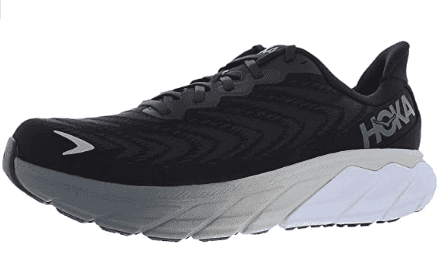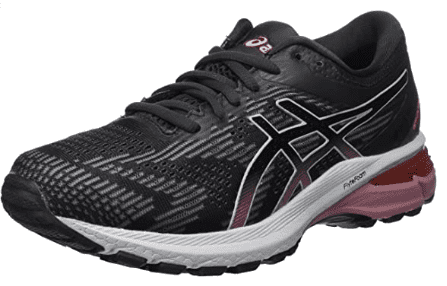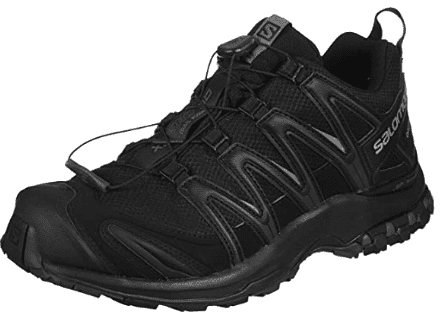Posterior Tibial Tendonitis Exercises
Read More >
Posterior Tibial Tendonitis is a condition affecting the posterior tibial tendon, which is located along the inner ankle bone and attaches to the medial arch of the foot.
In most cases, the most effective treatment for this condition requires a multi-faceted approach. Comprehensive treatment should include exercises, insoles, braces and shoes.
This article will provide recommendations on the best shoes for Posterior Tibial Tendonitis based on our clinical experience.
James McCormack is a Physical Therapist who specializes in foot & ankle injuries. james-mccormack.com is a participant in the Amazon Services LLC Associates Program, an affiliate advertising program designed to provide a means for sites to earn advertising fees by advertising and linking to Amazon.com
A stable shoe with a rigid midfoot and rubber sole is the best shoe for Posterior Tibial Tendonitis. It limits the movement in the midfoot, controlling the foot during the gait cycle to reduce the tension on the Posterior Tibial Tendon. For walking and hiking, we generally recommend lightweight hiking shoes as they are waterproof, durable and stable. Running shoes are a good option for walking, either.
A stable running shoe is the best shoe for Posterior Tibial Tendonitis. We recommend these as they have a thickened inner sole that tilts the heel bone to reduce pronation moments on heel strike and a rigid midsole to control the deceleration of the foot when running, as this is one of the primary actions of the Posterior Tibial Tendon.
We recommend avoiding softly cushioned shoes that feel like walking on a cloud. It may be that your symptoms feel better initially, but too much movement overloads the tendon and can worsen your symptoms in the long run.
We have made a list of our favourite shoes and running shoes for Posterior Tibial Tendonitis that we recommend to patients daily in our clinics.

The Asics GT-2000 13 is a mid-range stability running shoe, part of Asics’ long-standing GT series, designed to provide a balance of support and cushioning for runners who need extra stability.
✅ FlyteFoam Cushioning – Offers excellent shock absorption, helping to reduce strain on the Posterior Tibial Tendon with each step.
✅ Stability Features – A slightly thickened inner sole minimizes excess pronation forces, which can contribute to Posterior Tibial Tendonitis.
✅ Versatile Use – Suitable for daily training, walking, and recovery runs, making it a great all-around option for those who need stability.
For runners or walkers dealing with overpronation or Posterior Tibial Tendonitis, the GT-2000 13 provides the cushioning and structured support needed to help relieve discomfort and promote better foot mechanics.


The latest XA Pro 3D is an upgraded, lighter version of its predecessor, designed to offer both stability and comfort for long-distance walking.
✅ Versatile Performance – Ideal for both road walking and hiking, making it a great all-around shoe.
✅ Supportive Midsole – Provides stability to help protect the Posterior Tibial Tendon without feeling bulky.
✅ Stack Height – Features an 11mm stack height, which helps reduce strain on the Posterior Tibial Tendon, making it a great option for those with foot pain.
If you’re looking for a durable, supportive, and lightweight shoe for walking or hiking, the XA Pro 3D is a strong choice.
This article is written by James McCormack, a Lower Limb Specialist who is an expert in treating Posterior Tibial Tendonitis.
This is not medical advice. We recommend a consultation with a medical professional such as James McCormack if you are experiencing any of the symptoms discussed in this article. James offers Online Physiotherapy Appointments weekly and face-to-face appointments in his London clinic.